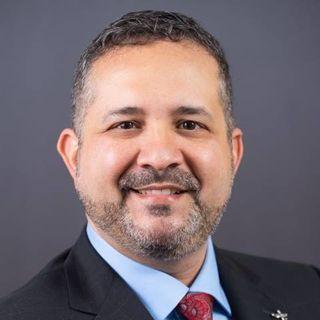
5 Tips for Making Health Savings Accounts Work for You
Putting money in a Health Savings Account, or HSA, can help you and your family pay for health expenses now and in the future, while giving you a tax break for your contributions.
HSAs have been around since 2003 to help people with high-deductible health plans, but they can still be confusing. Here are some tips on how they work:
1. You don’t have to spend it all now. HSAs differ from flexible-spending accounts, which many people use to pay for medical expenses. Money in flexible-spending accounts, or FSAs, must be spent by the end of the year. HSAs, however, can be spent during the year or afterward, even into retirement. The money you put in this year continues rolling over to the next year until it’s used.
2. Enjoy 3 tax breaks in one. HSA contributions have three tax advantages. First, they can be deducted from your taxes. Second, if payments are made through payroll deduction, they can be withdrawn as pretax income. Thirdly, the money grows tax-deferred, and withdrawals used for medical expenses are tax-free. That’s more tax breaks than a 401(k)-retirement plan offers.
3. Use it after retirement. You can’t continue making HSA contributions when you sign up for Medicare. But the tax-free money can still be used to pay for medical expenses that aren’t covered by insurance, such as vision and dental care.
An HSA account can also be used in retirement to pay part of any long-term care insurance premiums. It can also be used to pay premiums for Medicare Part B and Part D prescription-drug coverage, or a Medicare Advantage plan.
After age 65, you can use an HSA to pay for non-medical expenses without paying a 20 percent penalty. You will, however, have to pay income tax on the withdrawals.
4. Contribute beyond age 65. If you’re still working at age 65, you can continue making HSA contributions and delay signing up for Medicare Part A and Part B.
To do this, and delay Medicare, your employer must have more than 20 employees. If you sign up for Social Security and are automatically enrolled in Medicare, then you can’t continue putting money into your HSA.
5. Contribute to both FSA and HSA, if allowed. Double dipping by contributing to an FSA and HSA at the same time in the same year isn’t allowed if both accounts are used for medical expenses. Some employers, however, offer limited-purpose flexible-spending accounts for dental and vision costs that aren’t covered by an HSA. The FSA must be designated as an “HSA-compatible FSA” where the tax-free money is only used for dental and vision expenses until you reach your health insurance plan’s deductible. After meeting the deductible, you can transfer the money to a regular FSA and use it for out-of-pocket medical expenses.


